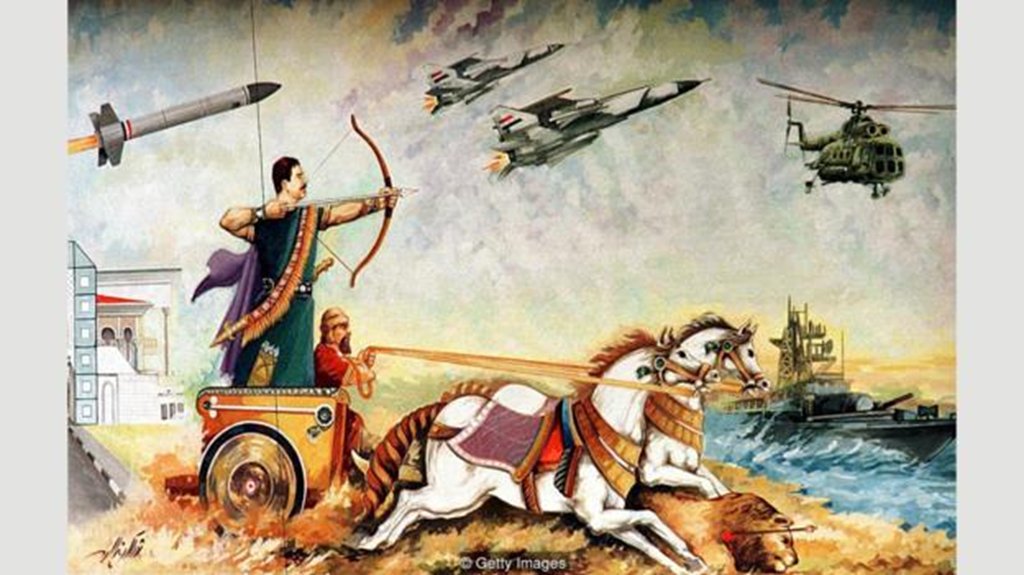Fast forward to 1968. Ba'athists now control both Iraq and Syria.
After seizing power, they don't actually want to do this.
Saddam equated himself with the Sumerian god Dumuzi, always rising again in response to defeat.
Iraq's 2005 constitution begins "We, the people of Mesopotamia, the homeland of the apostles and prophets, resting place of the virtuous imams,...

















